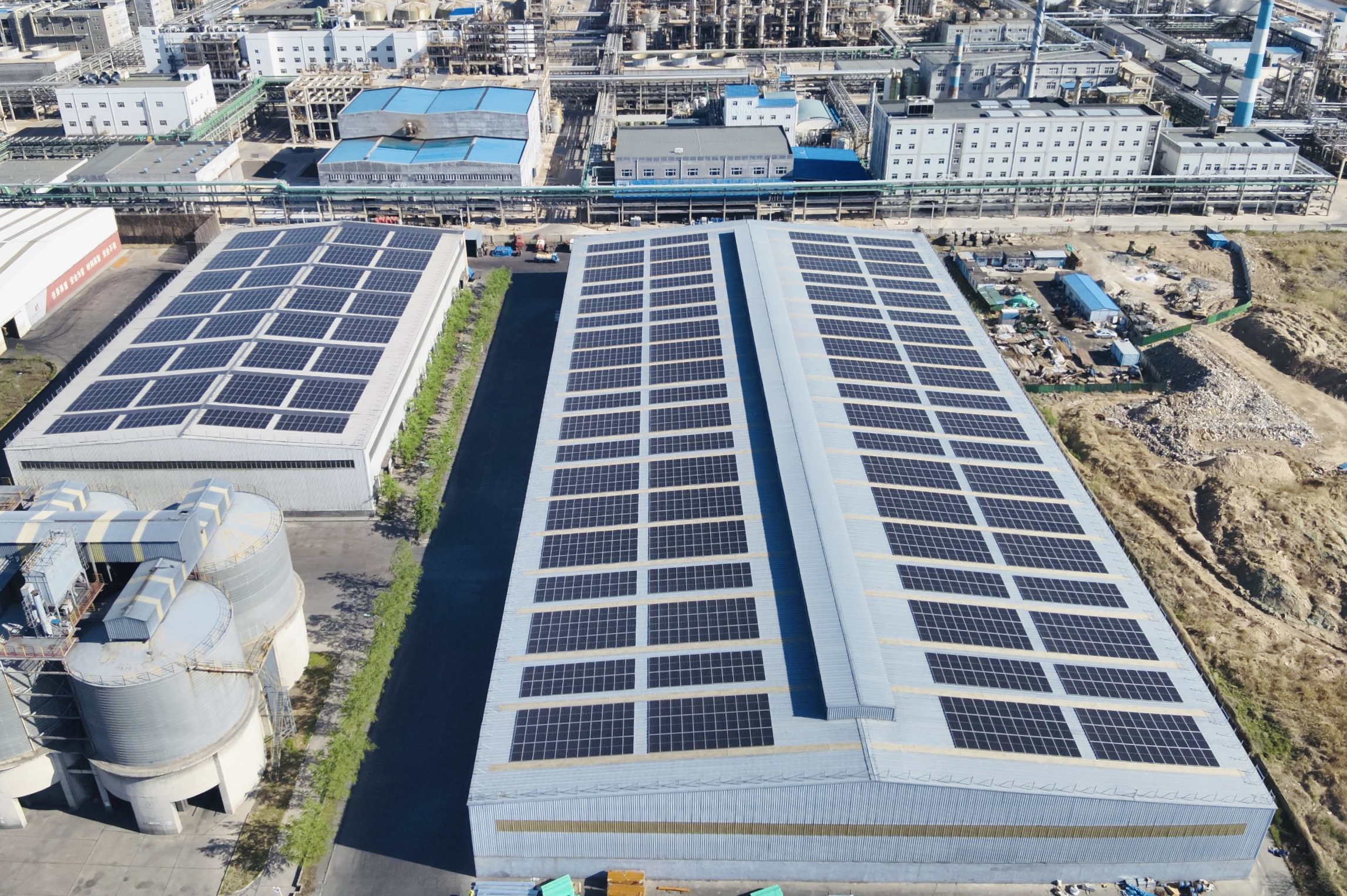Sinoway Shandong Factory Distributed Photovoltaic Project Successfully Connected to the Grid

On April 30, Sinoway’s distributed photovoltaic project was successfully connected to the grid and began generating electricity, marking a critical step for the company in the field of new energy applications. By efficiently utilizing the factory’s spatial resources, the project has established a green, low-carbon clean energy demonstration project, showcasing the company’s innovative practices in optimizing its energy structure and advancing the "dual carbon" goals.
1. Multi-Scenario Distributed Layout for Efficient Spatial Resource Utilization
The project adopted an innovative three-dimensional layout combining rooftop, ground-mounted, and carport installations, with a total utilized area of 65,440 square meters—20,029 square meters for rooftop photovoltaics and 45,411 square meters for ground-mounted photovoltaics—maximizing the use of idle resources. The system has a total installed capacity of 5,275.22 kWp, all equipped with industry-leading monocrystalline silicon N-type TOPCon high-efficiency modules paired with string inverters, significantly improving power generation efficiency.

2. High-Voltage Grid Connection Facilitates High-Proportion On-Site Consumption
The project is connected to the factory’s Phase I 10kV switching station via high voltage, operating under the "self-consumption with surplus fed into the grid" model. It is expected to generate 5.67 million kWh annually, with 90% of the electricity consumed on-site, substantially reducing the company’s energy costs. The surplus power is fed into the grid, creating additional revenue.
Currently, the factory’s photovoltaic project operates in a self-consumption mode, not only alleviating pressure on the regional power grid but also providing a practical green transition pathway for energy-intensive enterprises. It serves as a demonstration model for optimizing and upgrading the regional energy structure.
In the future, Sinoway will continue to expand its presence in the new energy sector. Through diversified clean energy solutions, the company aims to drive low-carbon transformation across the industrial chain, contributing to high-quality regional economic development and the achievement of "dual carbon" goals.








